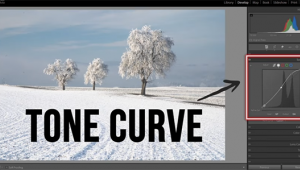The Things That They Carry
Six Pros Reveal The Secrets Of Better Pictures
For years we've been
asking professional photographers a variation of the same question:
what does it take to be a pro? We may ask, "What's the secret
of your success?" (as if it were a secret); or, simply, "What
is it that gets you those great photos?" A Little Help.
To gently coax nature into a better pose, outdoor photographer John
Shaw carries a 10' long piece of nylon parachute cord--"to
tie branches back." Also, an eyeglass repair kit, because "the
tiny screwdriver and screws fit cameras, too," and a Swiss Army
Knife--"gotta have it." Another must: "Hotel shower
caps--great for covering a tripod-mounted camera when it rains; the
elastic keeps it from blowing off." Note: A few of these items appeared in slightly different form in the Winter '98 issue of the "IlfoPro" newsletter. |
- Log in or register to post comments

















































